The Essential Hand Tool Guide for DIYers
Hand tools form the foundation of any workshop or toolbox. They enable completing projects and repairs through manually-applied forces and mechanics. While power tools boost efficiency, reliable hand tools remain indispensable for detail work, finishing, adjustments, and more.This comprehensive guide covers the most common and useful list of hand tools. It explains working principles, key features, and typical applications. After reading, DIYers gain familiarity with must-have tools facilitating woodworking, metalworking, automotive, and general projects.
Layout and Marking Tools
List of hand tools:These tools transfer measurements and positioning guidance onto materials accurately. They ensure proper alignments before cutting or assembly.
Tape Measures stretch long distances and retract into compact housings. Both imperial and metric scales appear on blades for universal measurement.
Pencils leave removable markings easily visible on surfaces. Carpenters prefer flat designs that prevent rolling.
Utility Knives score precise cut lines using replaceable razor blades. They also shave or trim materials cleanly.
Scribers produce crisp thin lines on metal, wood, and plastic surfaces. These tools contain hardened steel tips for controlled scoring.
Chalk Lines transfer extremely straight edges for aligning tile, floor covering, and more. Chalk-coated strings generate clear boundary lines when snapped.
Squares set perfect 90-degree angles for framing and construction layouts. Different squares suit different material thicknesses and applications.
Levels enable verifying horizontal and vertical orientations ensuring proper placements. Vials containing air bubbles gauge relative tilt.
Contour Gauges capture complex molding shapes by conforming thin metal strips. This allows easy transferring of patterns.
Gripping and Holding Tools
These hand tools assist with gripping and securing items in position for effective workpiece control. Their clamping forces facilitate efficient applications of other tools.
Vises clamp objects stationary on tables or workbenches. Various jaw types and configurations enable handling different materials securely.
Clamps and Spreaders employ adjustable pressure to hold materials in alignment for precise assembly operations. Several clamp types exist including bar, C-clamps, spring clamps and more.
Pliers provide exceptional grasping leverage to bend, cut, or redirect materials into desired positions. Key plier varieties include slip-joint, groove-joint, locking, and needle-nose styles.
Wrenches allow turning and securing threaded fasteners smoothly. Box and open end wrenches appear in precise jaw sizes complementing nuts and bolts. Adjustable wrenches accommodate range-of-motion clearances.
Cutting Tools
Hand tools designed for severing and shaping materials are indispensable on any worksite. These instruments slice, snip, and shear precisely following guide markings.
Handsaws cut through wood, plastic, and thin metal components. Rigid blades contain rows of serrated teeth intended for deliberate push/pull strokes. Backsaw, coping saw, and dovetail saw variations facilitate specialized woodworking cuts.
Utility Knives utilize compact replaceable razor blades for precision trimming and scoring operations. Many incorporate barrel mechanisms for controlled blade exposure.
Shears manually shear and shred materials like fabric, paper, plastic sheets, and thin sheets/scraps. These scissors-like tools employ thick leverage-optimized blades producing significant force.
Tin Snips enable controlled cutting of softer ductile materials including sheet metal and copper piping. Different blades suit specific needs like straight cuts, curves, angled notches and more.
Chisels shear or shave wood fibers precisely when struck with mallets or hammers. Rigid bodies and beveled cutting edges facilitate gouging, trimming, and shaping operations.
Files gradually abrade metals into desired shapes. Ridged surfaces contain rows of cutting edges that strip material efficiently during push/pull strokes.

Driving Tools
These tools transmit hand forces for rotating threaded, attached, or impacted fasteners and components. They rely on torque to tighten and loosen various hardware elements.
Hammers generate precise striking impacts for driving, bending, demolition, and reshaping. Claw, ball-peen, sledge, and rubber mallet varieties enable tackling an array of applications.
Screwdrivers set and adjust slotted or recessed fastener heads through linear torque application. Shafts match the specific drive type whether flat, Phillips, Torx, hex, or Robertson. Handles optimize precise turning leverage.
Ratcheting tools amplify rotational forces around obstructed workpieces. Box-end wrenches employ direction-holding pawls preventing slipped turns. Ratcheting screwdrivers increase access through tight clearances.
Impact drivers and socket wrenches safely channel linear percussive forces. This hammering motion overcomes stuck or frozen fasteners using mechanical shocks. Impacting in-line proves far more effective.
Allen Keys interface hexagonal sockets on set screws and certain hardware. Their L-shaped short arms provide ample turning radius in compact areas.
Tool Organization and Storage
Dedicated hand tool organizers keep everything sorted and accessible. Several storage solutions exist for efficient arrangement and transportation.
Tool Boxes and Chests secure numerous items in segregated divided compartments. Removable trays provide portable organization. Larger professional boxes incorporate wheels and telescoping handles.
Tool Belts facilitate hands-free carrying during construction projects or other remote worksites. Pouches and loops stow commonly accessed hand tools conveniently.
Tool Backpacks serve similar portable organization and mobility purposes as belts. However, padded backpack designs distribute heavier load weights more comfortably and evenly.
Tool Aprons offer basic multi-pocket utility ideal for tackling household tasks. Made from durable canvas, these simple tie-around aprons provide basic handsfree tool toting.
Tool Rolls and Wraps bundle items together in wrapped enclosures. Durable fabrics protect contents while allowing easy unrolling and staging of tools neatly.
Wall-Mounted Organizers neatly arrange hand tools on workshops’ pegboards or slatted panels. Outlines indicate each tool’s designated position for organized accessibility.

Measuring and Testing Instruments
In addition to essential layout tools, numerous precise measuring instruments support advanced projects and diagnosis. These tools qualify and quantify variables critical to proper installations.
Multimeters assess electrical voltage, amperage, and resistance digitally. They also check continuity and components energized safely.
Calipers and Micrometers quantify exterior and interior dimensions extremely precisely. Vernier, dial, and digital models indicate fractional measurements beyond tape measures or rulers.
Feeler Gauges measure miniscule gap spaces by inserting sized blades into compressed crevices. These verify critical fits and clearances quickly.
Stud Finders locate wood and metal obstructions concealed behind drywall surfaces before drilling through walls. They utilize sensor technology to map layouts behind coverings.
Inspection Mirrors provide angled reflective viewpoints into cramped inaccessible areas. These handheld optical devices enable visualizing obscured components and defects.
Thermal Cameras detect temperature differences across surfaces using infrared imaging. HVAC technicians use these to diagnose insulation voids, overheating equipment, pipe leaks, and more.
Conclusion
Hand tools perform numerous essential functions for DIYers and craftsmen alike. They empower accurately laying out designs, cutting materials properly, securely gripping workpieces, and verifying critical measurements. Overall, manual hand tools provide the finesse power tools cannot deliver.
This overview covered the primary categories of versatile indispensable hand tools that belong in any well-appointed toolbox. Make sure to acquire top quality tools from reputable manufacturers prioritizing ergonomics and longevity.
Proper hand tool selection equips enthusiasts with the implements needed for renovations, installations, repairs, and an array of projects. With these tools on-hand, no DIY or home improvement task proves too challenging!

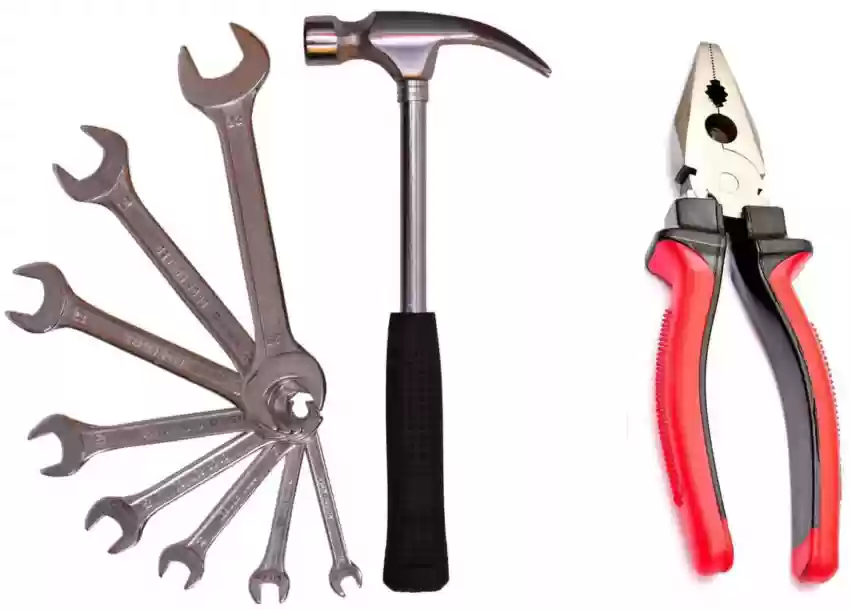

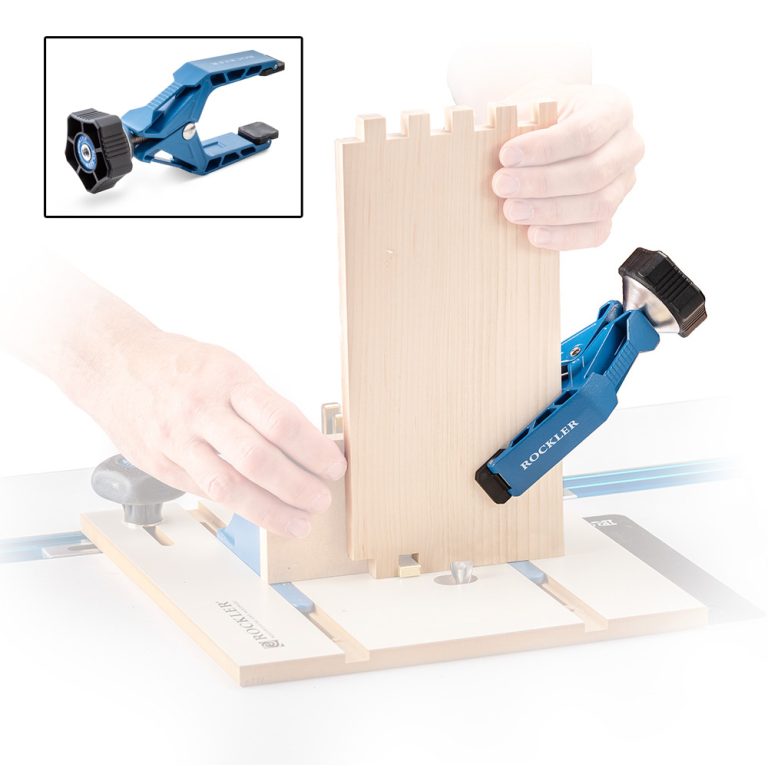
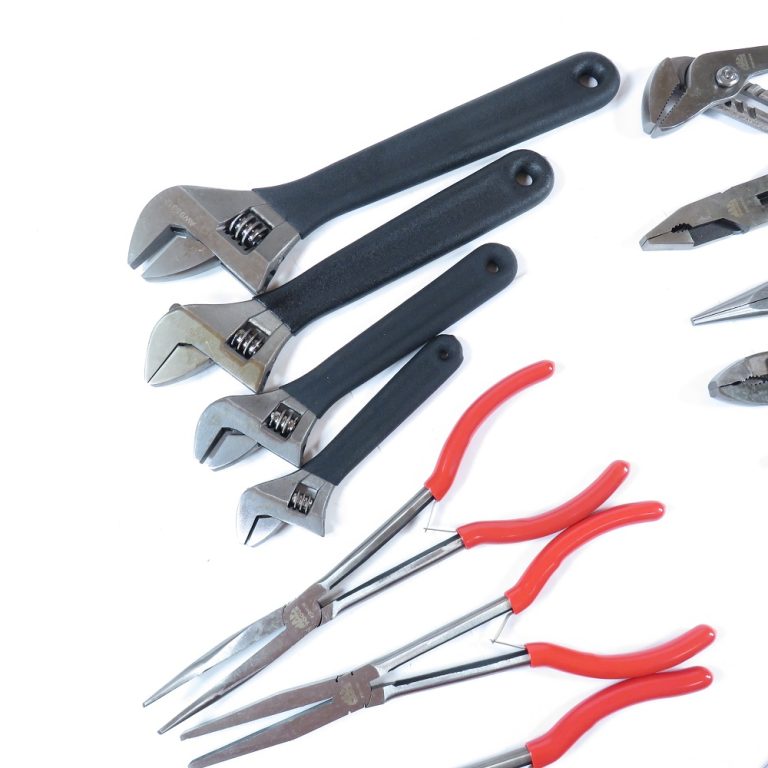
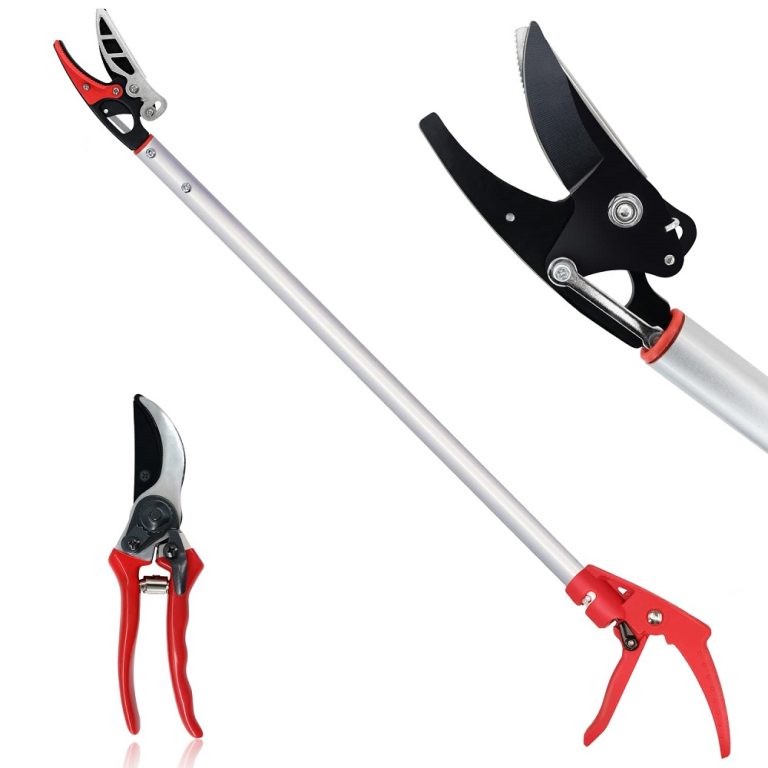
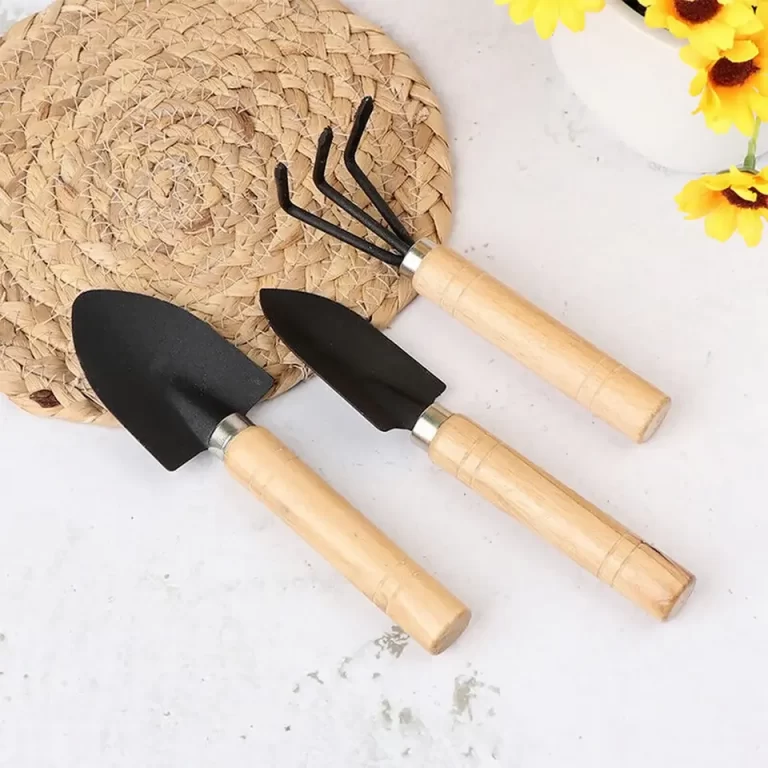
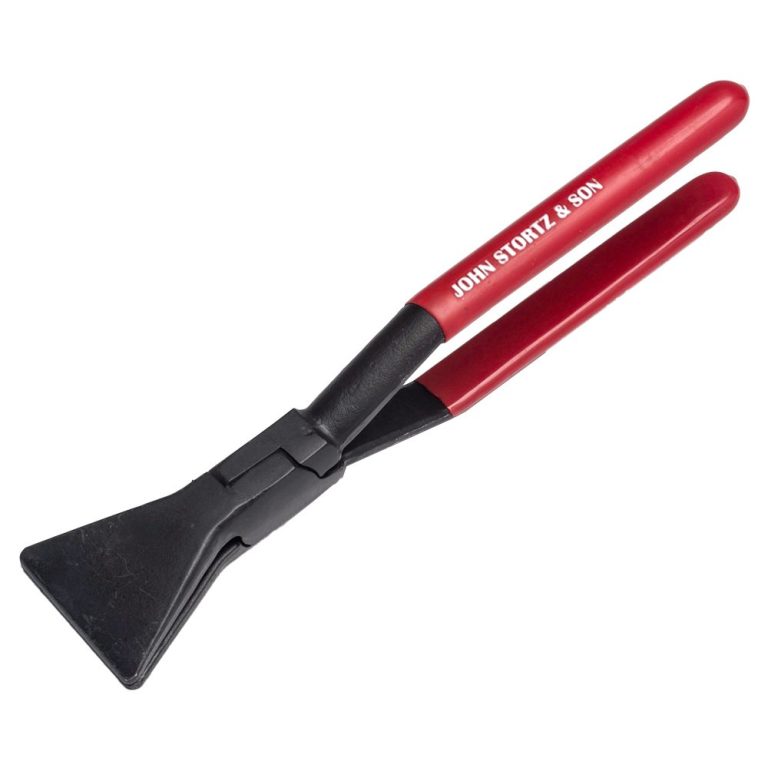
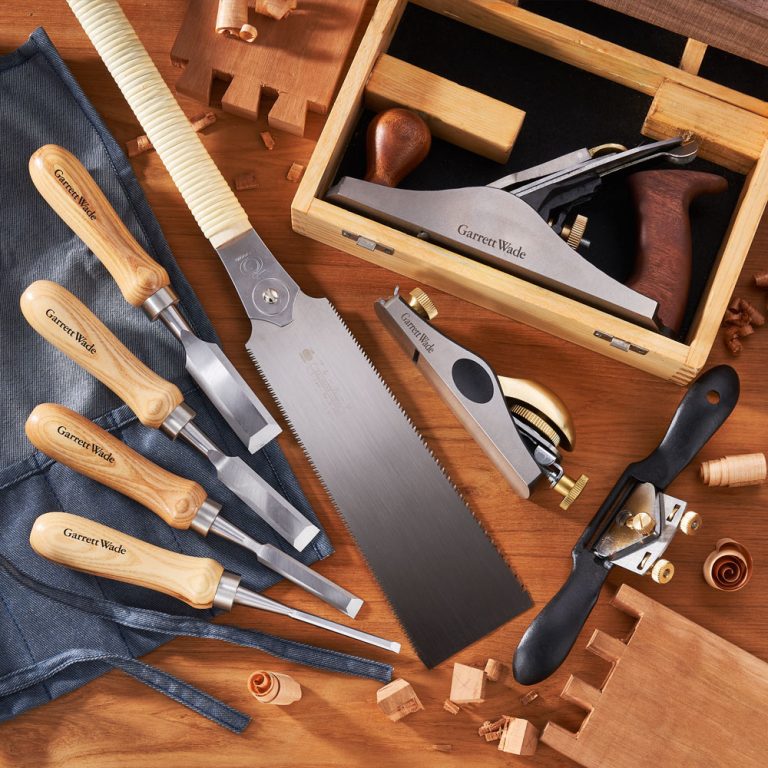
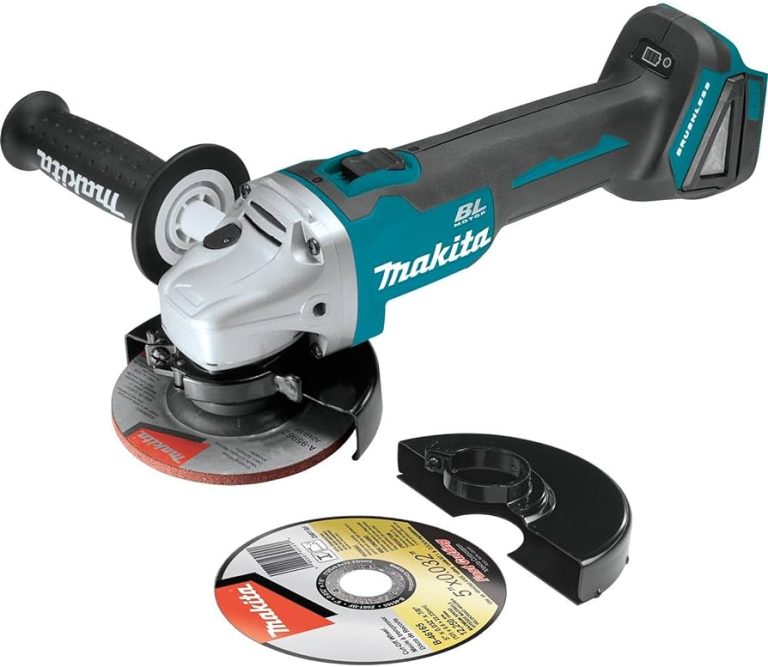
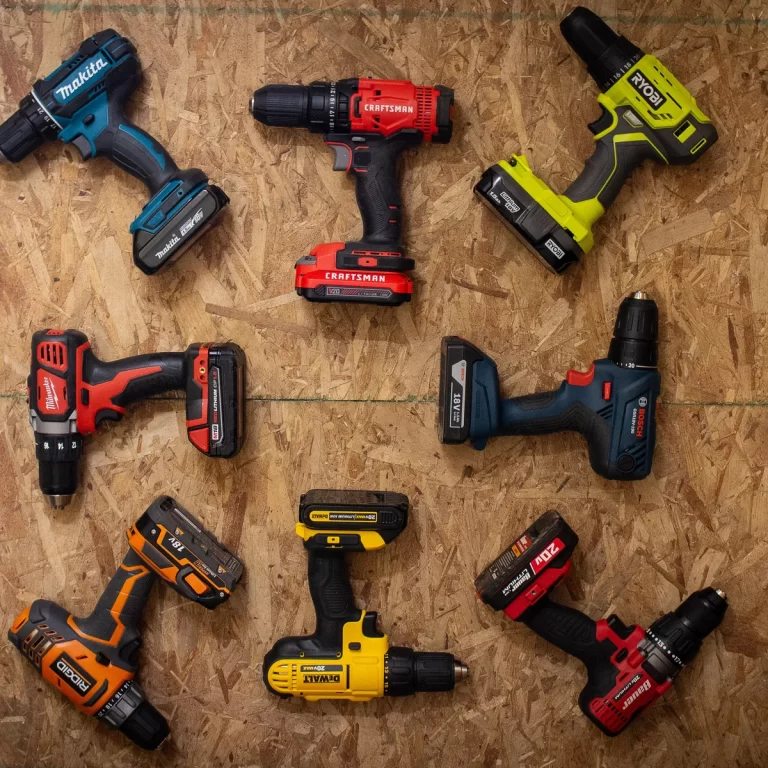
+ There are no comments
Add yours